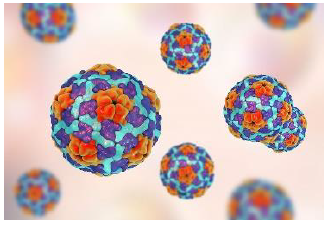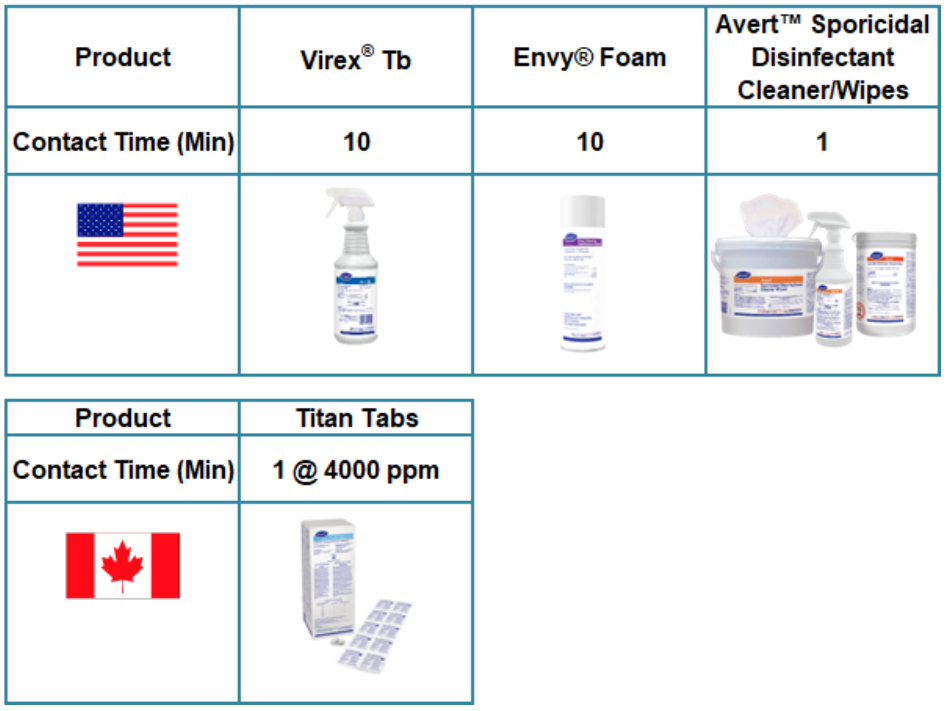 Definition
Definition
Hepatitis A virus (HAV) is a member of the Hepatovirus genus, of the Picornaviridae family that includes the human enteroviruses and rhinoviruses. It is a non-enveloped virus of 27-28 nm in diameter HAV causes an infectious disease of the liver (hepatitis). Many cases have few or no symptoms, especially in the young. The time between exposure and symptoms, in those who develop them, is between two and six weeks. When symptoms occur, they typically last eight weeks and may include, fatigue, nausea, vomiting, diarrhea, jaundice, fever, and abdominal pain. Approximately 10–15% of people experience prolonged or relapsing symptoms up to six months after the initial infection. Acute liver failure may rarely occur, with this being more common in the elderly.
Transmission
HAV is highly transmissible and has an average incubation period of 28 to 30 days (range 15–50 days). The maximum infectivity is during the second half of the incubation period (i.e. while still asymptomatic) and most cases are considered non-infectious after the first week of jaundice. Because the disease can spread before persons exhibit symptoms (asymptomatically), it presents unique challenges to infection prevention and control, and public health partners.
The most common route of transmission is fecal-oral. It is usually spread by eating food or drinking water contaminated with infected feces. Shellfish which have not been sufficiently cooked are a relatively common source. It may also be spread through close contact with an infectious person (household contact or sex partner). Lack of poor hand hygiene, (not washing hands after going to the bathroom) can contaminate food. If the food is not cooked at the proper temperatures, transmission can occur. It can survive on the inanimate environment for months. Freezing does not inactivate the virus, explaining why some HAV outbreaks have been linked to some forms of frozen produce.
While children often do not have symptoms when infected, they are still able to infect others. After a single infection, a person is immune for the rest of his or her life. Diagnosis requires blood testing, as the symptoms are similar to those of a number of other diseases. Hepatitis A is one of five known hepatitis viruses: A, B, C, D, and E. About 40% of all acute viral hepatitis is caused by HAV.
At higher risk are: those who use illicit drugs via needles, men who have sex with men (MSM), and the homeless.
The virus is resistant to detergent, acid (pH 1), solvents (e.g., ether, chloroform), drying, and temperatures up to 60°C/140F. It can survive for months in fresh and salt water.
Prevention
HAV is a vaccine preventable disease. The vaccine shows a very high efficacy. Strict control measures, such as reinforcing personal hygiene (hand washing after bowel movements), contact tracing and administration of vaccine to exposed persons, have proven to be effective.
Notably, the vaccine was first introduced in the mid-1990s. In 2006, it officially became an ACIP recommended vaccine for all children. Persons born before the vaccine was available may not have immunity, explaining why the United States has seen several recent outbreaks.
In healthcare settings, CDC and Health Canada recommend contact precautions for diapered and incontinent patients (including infants and children less than 3 years old). Consider private rooms for suspect and confirmed cases of HAV, as persons sharing a bathroom with a confirmed Hav-positive patient may be considered a close contact, and may need subsequent evaluation for post-exposure prophylaxis (PEP). Per the CDC, PEP is not routinely administered for healthcare providers if appropriate infection control measures are followed. Diversey strongly recommends contacting your local health department for PEP recommendations as soon as a patient is identified with HAV.
Environmental Hygiene
Hepatitis A is a small, non-enveloped virus, hence harder to kill in the environment. Products that are effective against HAV include the following:


